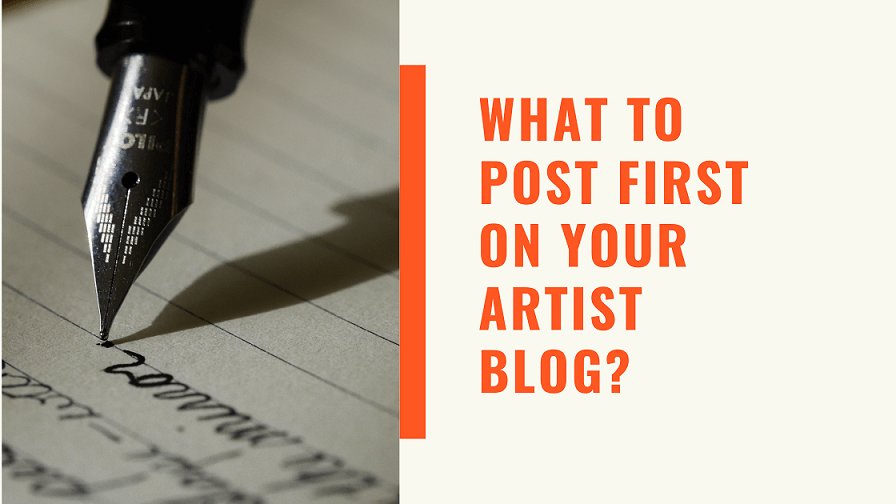Artisan Advantage Blog
Monday Morning Marketing Ideas
Here are some marketing ideas for your Monday morning. Ten Art Marketing Ideas 1 - Make a promotion plan for 2021. Identify different holidays and events that you can market around. Consider planning out blog posts, flash sales and other ideas to promote your work...
Do You Need an FAQ Page for Your Artist Blog?
If you have an artist website, there are some critical pages that you should provide for your visitors. I posted about them here in this post, Don't Forget Your Pages. In addition to the pages outlined in the post, you might want to consider adding a Frequently...
Monday Morning Art Marketing Ideas
Here are some marketing ideas for your Monday morning. Seven Art Marketing Ideas 1 - What do you do with work that doesn't get noticed or sold for one reason or another? This doesn't mean the work is not great. And, you might be ready for it to move on. Offer a...
Blogging to Build Your Art Business – Free Zoom Presentation – December 5th
Free Presentation! Use Blogging to Build Your Art Business Registration is now open for Blogging for a Visual Art Business on December 5, 2020. This free presentation will explain how to use blogging to create an effective marketing system for your visual art. This...
Monday Morning Marketing Ideas
Monday Morning Marketing Ideas is a new weekly blog post series to offer ideas that you might use in your business. These ideas will cover a wide variety of medium and marketing methods. Some may seem a little crazy. Others, you might say, now why didn't I think of...
Artist Blogging 101: Start with Your Vision
Everything Starts with A Vision My daughter came home from her youth group meeting recently with this vision board a few weeks ago. I'm not down with getting a cat, but otherwise, I love it! It got me to thinking about how your business vision should influence your...
Artist Blogging 101: The Audience Dilemma Part Two
Dilemma Two: How do I reach my target audience? Last month, I posted about how to figure out who the audience is for your work. Once you figure out who the audience is you want to target, you have to figure out how to reach them. If you're using a blog-based...
Artist Blogging 101: The Audience Dilemma Part Two
Dilemma Two: How do I reach my target audience? Last month, I posted about how to figure out who the audience is for your work. Once you figure out who the audience is you want to target, you have to figure out how to reach them. If you're using a blog-based...
Thank You, Pittsburgh Society of Artists
I want to thank the Pittsburgh Society of Artists for inviting me to present Building a Dynamic Web Presence during their member meeting via Zoom last weekend. We discussed how visual artists could use blogging to strategically and systematically promote their work....
Thank You Pittsburgh Society of Artists
I want to thank the Pittsburgh Society of Artists for inviting me to present Building a Dynamic Web Presence during their member meeting via Zoom last weekend. We discussed how visual artists could use blogging to strategically and systematically promote their work....
Free November Webinar – Blogging to Build Your Art Business
Free Webinar! Use Blogging to Build Your Art Business Registration is now open for How to Use Blogging to Build Your Art Business. This webinar was previously named, Build a Dynamic Web Presence for Your Art Business. Choose from one of two opportunities to attend...
What to Post First on Your Artist Blog
You did it! You started or added a blog to your artist website. Congratulations! Now, you may be asking yourself, "What do I post?" What you post first depends a little bit on your situation. The truth is, first posts don't matter that much. The good news about...
Join My Newsletter!
Get a weekly update with art marketing tips, news about upcoming events and more!

